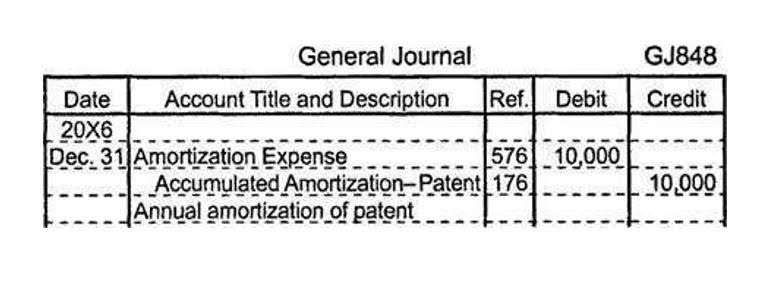
If, for example, an asset is purchased on 1 December and the financial statements are prepared on 31 December, the depreciation expense should only be charged for one month. This is because, unlike the straight-line method, the depreciation expense under the double-declining method is not charged evenly over the asset’s useful life. If you’ve ever wondered why your shiny new car takes a huge value hit the first few years you own it, you’re not alone. This form of accelerated depreciation, known as Double Declining Balance (DDB) depreciation, is actually common method companies use to account for the expense of a long-lived asset.

This method, also known as the reducing balance method, applies an amortization rate on the remaining book value to calculate the declining value of expenses. This linear method allocates the total cost amount as the same each year until the asset’s useful life is exhausted. On the income statement, typically within the “depreciation and amortization” double declining balance method line item, will be the amount of an amortization expense write-off. It is the concept of incrementally charging the cost (i.e., the expenditure required to acquire the asset) of an asset to expense over the asset’s useful life. Since intangible assets are not easily liquidated, they usually cannot be used as collateral on a loan.
Sample Full Depreciation Schedule
In year 5, however, the balance would shift and the accelerated approach would have only $55,520 of depreciation, while the non-accelerated approach would have a higher number. Suppose a company purchased a fixed asset (PP&E) at a cost of $20 million. These shorter-term loans with balloon payments come with some advantages, such as lower interest rates and smaller initial repayment installments; however, there are some significant disadvantages to consider. During the loan period, only a small portion of the principal sum is amortized. So, at the end of the loan period, the final, huge balloon payment is made. In short, the double-declining method can be more complex compared with a straight-line method, but it can be a good way to lower profitability and, as a result, defer taxes.
Days Payable Outstanding (DPO) Defined and How It’s Calculated – Investopedia
Days Payable Outstanding (DPO) Defined and How It’s Calculated.
Posted: Sat, 25 Mar 2017 19:17:39 GMT [source]
Many intangibles are amortized under Section 197 of the Internal Revenue Code. This means, for tax purposes, companies need to apply a 15-year useful life when calculating amortization for “section 197 intangibles,” according the to the IRS. By carefully inputting the relevant values for each parameter, the DDB Excel formula will provide you with the depreciation expense for the specific period in question. If the double-declining depreciation rate is 40%, the straight-line rate of depreciation shall be its half, i.e., 20%.
A Guide To The Double Declining Balance (DDB) Depreciation Method
In addition, capital expenditures (Capex) consist of not only the new purchase of equipment but also the maintenance of the equipment. However, one counterargument is that it often takes time for companies to utilize the full capacity of an asset until some time has passed. DDB is ideal for assets that very rapidly lose their values or quickly become obsolete. https://www.bookstime.com/ This may be true with certain computer equipment, mobile devices, and other high-tech items, which are generally useful earlier on but become less so as newer models are brought to market. Updated in line with the Tax Cuts and Jobs Act, the Quickfinder Small Business Handbook is the tax reference no small business or accountant should be without.
- Mary Girsch-Bock is the expert on accounting software and payroll software for The Ascent.
- Variable-declining balance uses the double-declining factor but also initiates the automatic switch to straight-line depreciation once that is greater than double-declining.
- Thus according to the matching principle, larger amounts of depreciation should be recognized in earlier years than later years.
- The company will have less depreciation expense, resulting in a higher net income, and higher taxes paid.
- You calculate 200% of the straight-line depreciation, or a factor of 2, and multiply that value by the book value at the beginning of the period to find the depreciation expense for that period.
- This method can significantly impact the numbers of EBIT and profit in a given year; therefore, this method is not commonly used.
The time factor for any accounting period that falls between the first and the last period is 1 because the asset will be available for the entire period and, therefore, should be charged the depreciation expense in full. The Excel SLN function returns the depreciation of an asset for one period, calculated with a straight-line method. The calculated depreciation is based on initial asset cost, salvage value, and the number of periods over which the asset is depreciated.








